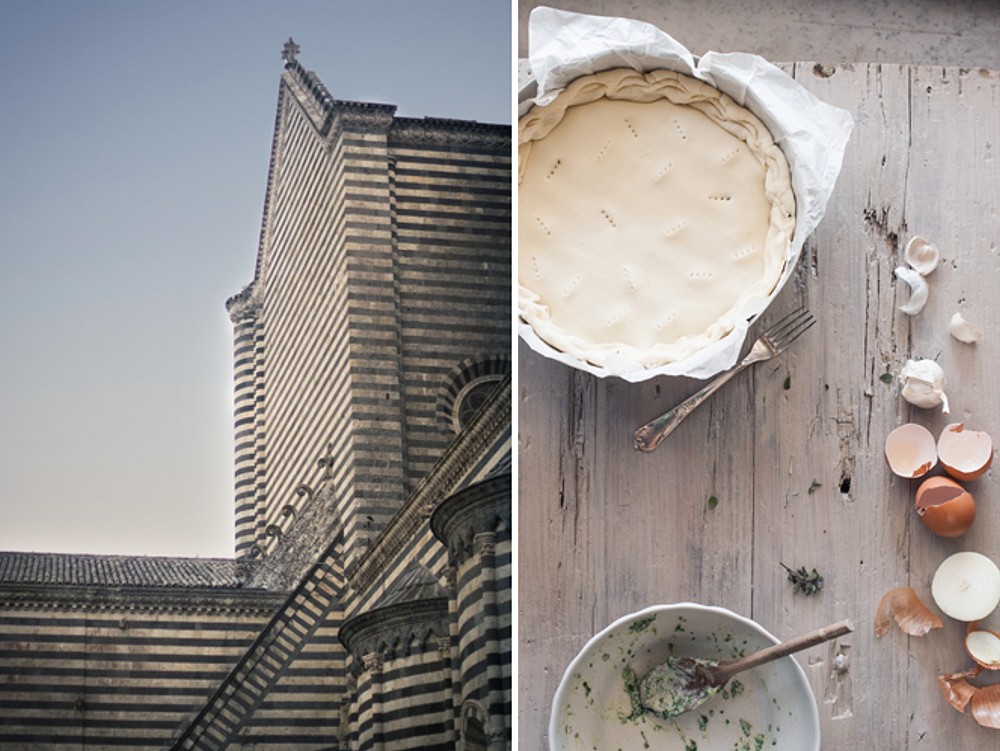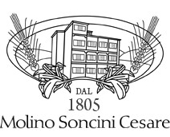2 March 2015, Orvieto
I like to think that in these days, you are waiting for my next letter to arrive. It would nice if once in a while you checked the letter-box in the hope of finding an account of the next stage of my Italian trip. One of these days, you will open the letter-box, and find a little piece of Italy inside. It's not a bad way to travel the world, in someone else's shoes.br>
I remember when you said how much you like eating alone, and how much you would like to be able to do that without having to find excuses or explanations to explain why the table is always prepared for one. You told me about the notebook that you always keep in your bag to make anyone who sees you think that you are a journalist or a food critic.
And today, I find myself doing the same as you. And while I am eating alone in a restaurant on the road that goes to Orvieto, I am writing to tell you that I am still not sure whether I understand this country. I know that the Umbrian hills in Marsh already make us think of spring, and I know that it is impossible not to be moved by the incredible silence in Assisi, but I still have not found a way to explain that special sense of sacredness that seems to literally seep out of everything here, the history, the nature, and even the food.
In this restaurant, I told them to choose my meal for me, and so now I find a “torta alle erbe” - a savoury Easter cake - on the plate in front of me. They say that the pastry is made of 33 different sheets of pasta, one for each year of the life of Jesus. Don't you think that even this, in its own way, is sacred?
L.
Journeys into flour 3 - Umbria

Savoury Easter Cake
After sifting the flour, mix it together with two spoonfuls of oil, a little salt and some tepid water. Work the dough until it becomes soft and elastic. Divide it into 10 equal pieces, cover it with a kitchen towel and leave it to rest for around an hour. In the meantime, carefully clean the greens, and leave them to simmer in boiling water. Once boiled, take them out of the water, drain them, and them chop them finely with a mezzaluna knife.
In a non-stick pan, fry the shallots in a little oil, and add the beet tops. Leave them to absorb for a few minutes, with a little salt and pepper, in a separate pan, stir it all together gently with a little marjoram, two eggs, and 50grams of grated Parmesan. In a deep pot, work the ricotta with a spoon together with two eggs, the remaining grated Parmesan, a little salt and nutmeg until it has a creamy consistency. Add the ricotta paste to the beet tops mixture, and mix it gently together.
Next, prepare the pastry. Take the 10 pieces of pastry, and roll them with a rolling pin into very fine sheets. Place the first sheet on a deep high-sided baking tray, which has been well buttered and covered in flour, and stick it tight to the sides of the tray, and brush it with the oil. Do the same for the next four sheets, placing one on top of the other, and brushing each one in turn with the oil. Tip the freshly prepared filling in, and with a spoon, make four holes - into each one, break an egg (you can always use a hardened egg as well).
Cover the top of the cake with a little grated cheese, a little salt and pepper and the marjoram, and proceed to cover it: prepare the other five sheets of pastry, placing one on top of the other with a brushing of oil on each in turn.
Cut away the excess dough, and fold the remaining part back towards the centre of the baking tray, creating a sort of drawstring that seals all the pastry. Slightly wet the surface with a mix of oil and water, pierce the top with a fork, and place the cake in an oven pre-heated to 180°C for around 45-50 minutes, until it appears browned and crunchy on top. Serve your savoury Easter cake cool and sliced.



